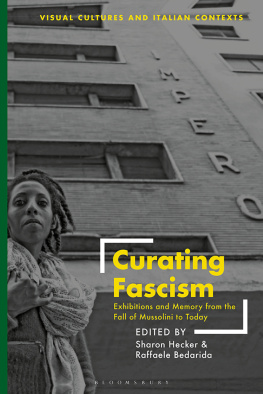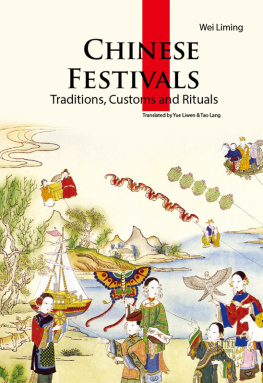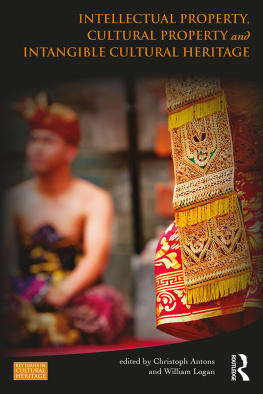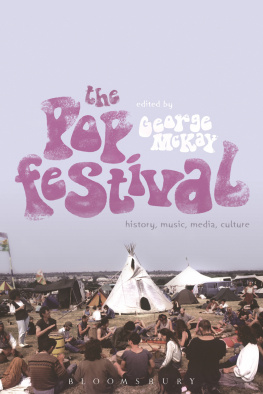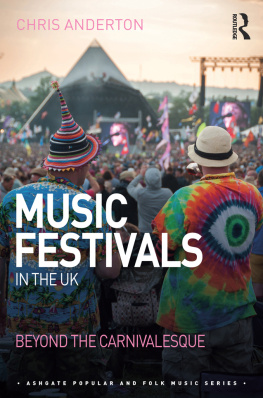Olivia Cadaval (editor) - Curatorial Conversations: Cultural Representation and the Smithsonian Folklife Festival
Here you can read online Olivia Cadaval (editor) - Curatorial Conversations: Cultural Representation and the Smithsonian Folklife Festival full text of the book (entire story) in english for free. Download pdf and epub, get meaning, cover and reviews about this ebook. year: 2016, publisher: University Press of Mississippi, genre: Politics. Description of the work, (preface) as well as reviews are available. Best literature library LitArk.com created for fans of good reading and offers a wide selection of genres:
Romance novel
Science fiction
Adventure
Detective
Science
History
Home and family
Prose
Art
Politics
Computer
Non-fiction
Religion
Business
Children
Humor
Choose a favorite category and find really read worthwhile books. Enjoy immersion in the world of imagination, feel the emotions of the characters or learn something new for yourself, make an fascinating discovery.

- Book:Curatorial Conversations: Cultural Representation and the Smithsonian Folklife Festival
- Author:
- Publisher:University Press of Mississippi
- Genre:
- Year:2016
- Rating:5 / 5
- Favourites:Add to favourites
- Your mark:
Curatorial Conversations: Cultural Representation and the Smithsonian Folklife Festival: summary, description and annotation
We offer to read an annotation, description, summary or preface (depends on what the author of the book "Curatorial Conversations: Cultural Representation and the Smithsonian Folklife Festival" wrote himself). If you haven't found the necessary information about the book — write in the comments, we will try to find it.
Since its origins in 1967, the Smithsonian Folklife Festival has gained worldwide recognition as a model for the research and public presentation of living cultural heritage and the advocacy of cultural democracy. Festival curators play a major role in interpreting the Festivals principles and shaping its practices.
Curatorial Conversations brings together for the first time in one volume the combined expertise of the Festivals curatorial staff--past and present--in examining the Center for Folklife and Cultural Heritages representation practices and their critical implications for issues of intangible cultural heritage policy, competing globalisms, cultural tourism, sustainable development and environment, and cultural pluralism and identity.
In the volume, edited by the staff curators Olivia Cadaval, Sojin Kim, and Diana Baird NDiaye, contributors examine how Festival principles, philosophical underpinnings, and claims have evolved, and address broader debates on cultural representation from their own experience. This book represents the first concerted project by Smithsonian staff curators to examine systematically the Festivals institutional values as they have evolved over time and to address broader debates on cultural representation based on their own experiences at the Festival.
Olivia Cadaval (editor): author's other books
Who wrote Curatorial Conversations: Cultural Representation and the Smithsonian Folklife Festival? Find out the surname, the name of the author of the book and a list of all author's works by series.

